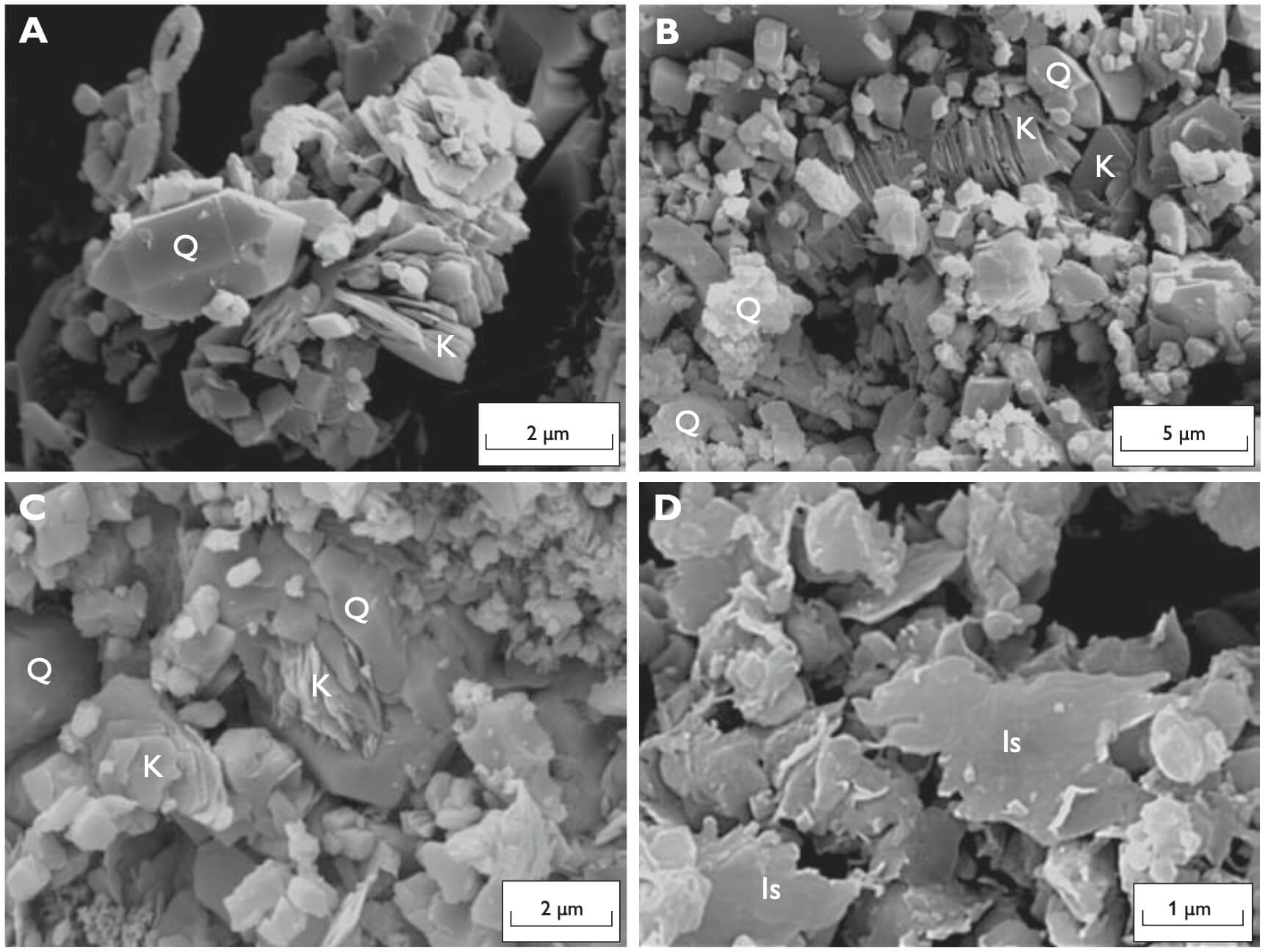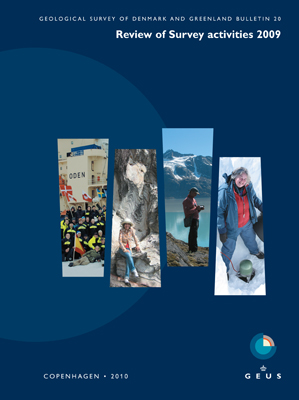
How to Cite
Share
Abstract
Diagenetic precipitation of silicate minerals such as quartz and clay minerals can reduce the permeability and porosity of chalk as they precipitate as cement in pores (e.g. Taylor & Lapré 1987; Maliva & Dickson 1992). However, the precipitation can also result in early lithification and help to preserve porosity during burial. Several studies of diagenesis have been carried out on chalk samples from the North Sea oil fields (e.g. Scholle 1977; Maliva & Dickson 1992; Hancock 1993) but only a few have focused on silica diagenesis (Fabricius & Borre 2007; Fabricius et al. 2007). Silica is not a major constituent of chalk but is abundant in some intervals where it influences the reservoir properties, as seen for example in the Ekofisk Formation and in a few intervals in the underlying Tor Formation in the Eldfisk and Ekofisk fields. This distribution may indicate that the variations are linked to facies and palaeo-oceanography; the silica either representing diagenetically reprecipitated biogenic silica, volcanic ash falls or a high input of detrital minerals (Scholle 1977; Kennedy 1987; Fabricius & Borre 2007). This paper discusses diagenesis of quartz- and kaolinite-rich intervals in the deeply buried upper Maastrichtian chalk of the upper Tor Formation (TA layer) in core 2/7-B-12 A from the Eldfisk Field in the Norwegian sector of the North Sea (Fig. 1). The study was carried out as part of a PhD project at the Geological Survey of Denmark and Greenland and the Department of Geography and Geology, University of Copenhagen (Madsen 2009). The objective of the study was to understand the processes leading to formation and enrichment of quartz and kaolinite and the resulting influence on porosity.
How to Cite
Share
Copyright (c) 2010 Heine Buus Madsen

This work is licensed under a Creative Commons Attribution 4.0 International License.
Downloads
Edited by Ole Bennike, Adam A. Garde and W. Stuart Watt
This Review of Survey activities presents a selection of 23 papers reflecting the wide spectrum of activities of the Geological Survey of Denmark and Greenland, from the microscopic to the plate-tectonic level. In addition, an obituary about the former director of the [...]









